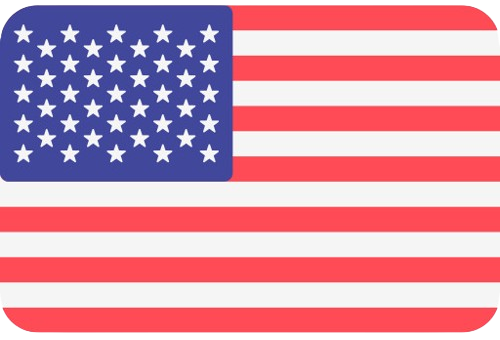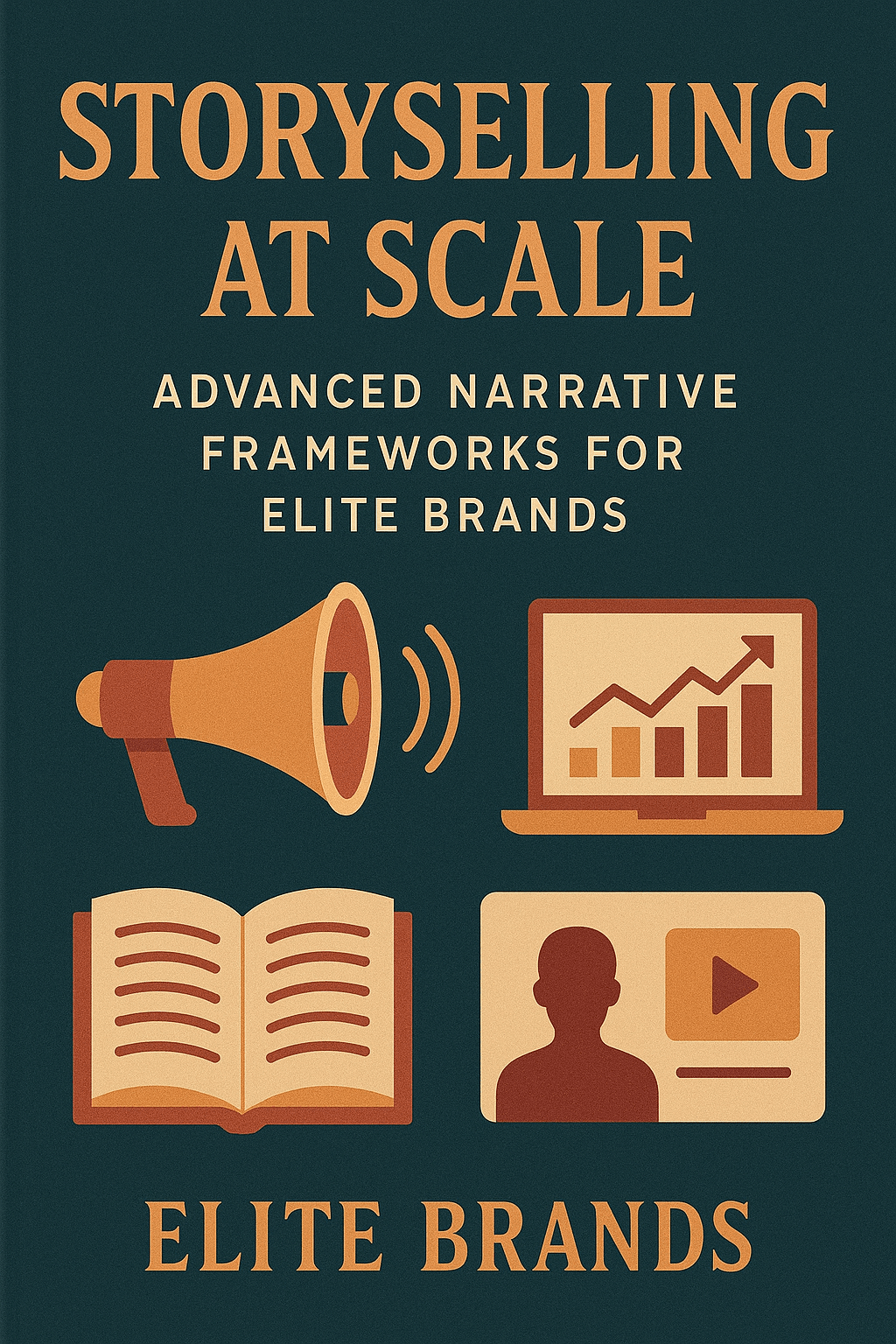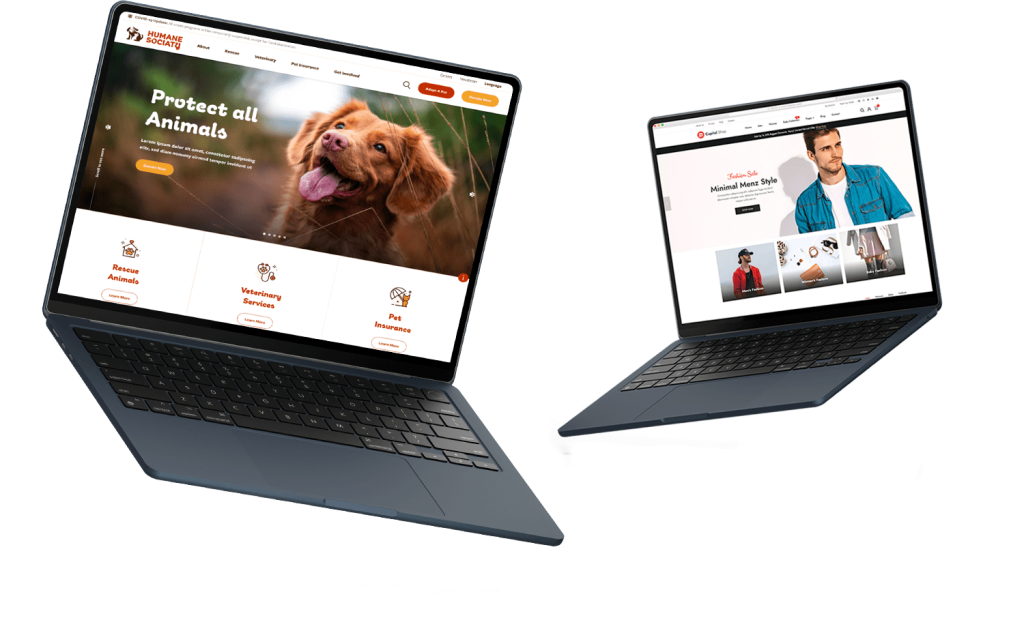In a digital landscape dominated by endless content and constant noise, elite brands are finding it harder than ever to cut through and connect. Traditional advertising is losing its edge. Even solid storytelling isn’t enough anymore. Enter storyselling—a powerful blend of strategic storytelling and conversion-driven marketing that brings your brand’s narrative to life in ways that inspire action. Today, the most successful brands aren’t just telling stories; they’re selling them at scale.
At Speeddot360, we’ve helped brands evolve by implementing brand storytelling solutions that resonate across platforms. Whether you’re developing a brand from scratch or refining a market-leading voice, this blog explores how advanced narrative frameworks can take your business from background noise to unforgettable.
The Rise of Storyselling in the Age of Content Saturation
We live in an age of oversaturation. Every scroll, swipe, and search bombards users with more content than they can absorb. According to recent studies, the average person sees between 6,000 and 10,000 ads per day. In this hyper-competitive climate, storytelling alone isn’t enough to drive engagement or action. That’s why storyselling is emerging as a game-changer.
Unlike traditional storytelling, storyselling is engineered for impact. It’s a seamless fusion of story-driven content with specific intent—whether that’s to generate leads, nurture relationships, or convert browsers into buyers. Think of it as the evolution of narrative strategy, fine-tuned to trigger emotional engagement and decision-making in a measurable, scalable way.
Social platforms like TikTok and Instagram are now functioning as search engines. Users no longer “Google” everything—they “search” with their eyes and emotions, looking for relatable content, stories, and creators. This shift forces brands to think less like broadcasters and more like publishers. And to stand out in that feed, your narrative needs to be both magnetic and actionable.
Why Elite Brands Are Investing in Narrative Frameworks
Elite brands understand that a consistent narrative equals consistent trust. They’re not just sharing stories—they’re building strategic content ecosystems using proven frameworks to influence perception, loyalty, and behavior. These frameworks are designed not just for storytelling but for repeatable storyselling across different buyer journeys and touchpoints.
At the core of this approach is brand strategy consulting, where brand voice, values, customer motivations, and market positioning are mapped into a coherent story arc. For example, Nike doesn’t just sell shoes—they sell aspiration through every story they tell. Apple sells simplicity and innovation, not just devices. Airbnb’s story isn’t about renting homes but about “belonging anywhere.”
These aren’t random narratives. They’re built using psychological and structural models that connect with audiences on a deeper level—often based on the Hero’s Journey, emotional branding techniques, or frameworks like H.E.T.A. (Hook, Empathy, Transformation, Action). Each piece of content, from a 30-second ad to a blog post, reinforces this larger narrative ecosystem.
The Anatomy of Storyselling Frameworks That Scale
What makes a storyselling framework “scalable”? It’s not about creating more content. It’s about creating modular stories that adapt and deploy across various formats, channels, and stages of the customer journey.
At the heart of scalable frameworks is structure. One powerful model used by top content marketing agencies is the H.E.T.A. structure:
- Hook: Capture attention immediately with a relatable problem or powerful insight.
- Empathy: Show a deep understanding of the audience’s pain points.
- Transformation: Position your brand as the guide, offering a clear solution.
- Action: End with a compelling call to action that feels like a natural next step.
Another important strategy is layered storytelling. This involves embedding mini-stories (customer testimonials, product benefits, founder stories) within a larger narrative arc. These can then be repurposed for different platforms—TikTok’s micro-narratives, YouTube’s long-form content, or email marketing campaigns.
Scaling Brand Storytelling Across Social Media as a Search Engine
The rise of social media as the new search engine has changed everything. Consumers now search through stories, recommendations, and trends. They want brands they can relate to, follow, and engage with—not just buy from.
This trend means that storyselling must be platform-aware. The same message won’t work the same way on LinkedIn, TikTok, or Instagram. On TikTok, it’s about micro-stories and authenticity. On Instagram, it’s about visuals and mood. On LinkedIn, it’s professional credibility and purpose.
Brands that invest in brand positioning services can tailor their story arcs to align with each platform’s native behavior. The goal is to create a discoverable brand narrative—one that shows up naturally in searches, feeds, and conversations without feeling forced or overly promotional.
Integrating Storyselling into Your Brand Strategy
To execute storyselling effectively, it must be deeply woven into your brand strategy consulting process. That means starting with your core positioning, identifying your audience’s emotional triggers, and mapping how your product or service fits into their transformation story.
This process includes auditing all customer touchpoints for alignment. Is your brand voice consistent across your website, social posts, customer support, and onboarding emails? Are your testimonials reinforcing the same story arc? These details matter because inconsistency breaks the narrative—and, with it, trust.
Implementing storyselling at scale also requires internal alignment. Marketing teams, sales, product developers, and even customer support should all understand and communicate the brand story. It’s not a campaign—it’s a culture.
From Words to Revenue: How Storyselling Drives Conversions
Here’s where storyselling shows its true power: conversions. While storytelling might entertain or engage, storyselling is engineered to move people to act. It’s designed for measurable outcomes.
Emotionally resonant content increases retention and reduces bounce rates. It leads to more meaningful email marketing campaigns that actually get opened, read, and clicked. It makes landing pages more persuasive and paid ads more effective.
Top brand storytelling solutions aren’t about creativity alone—they’re about performance. They blend narrative craft with marketing science, aligning stories with stages of the funnel. You’re not just telling people who you are—you’re inviting them to become part of your journey.
Managing Narrative Consistency in Online Reputation Management
In today’s environment, your brand’s story isn’t only what you say—it’s what others say about you. That’s why storyselling must play a role in online reputation management.
Customer reviews, user-generated content, and influencer shoutouts are part of your brand narrative. When you’re intentional about storyselling, you can guide the conversation. That might mean responding to negative reviews with empathy and transformation (H.E.T.A. again) or amplifying user stories that align with your mission.
Reputation isn’t built in crisis—it’s built every day, through every post, every comment, and every story.
The Future of Storyselling: AI, AR, and Beyond
As we move into a future dominated by personalization, AI, and immersive experiences, storyselling frameworks must adapt. Tools like generative AI and augmented reality are enabling new formats for narrative engagement.
Brands that embrace advanced storyselling frameworks now will be better positioned to evolve with technology, whether that means creating interactive brand experiences, personalized content at scale, or voice-first storytelling for virtual assistants.
At Speeddot360, we’re exploring how to integrate these cutting-edge platforms while staying rooted in the timeless psychology of storytelling.
Final Thoughts
The brands that will lead in the next decade aren’t the loudest—they’re the most resonant. Resonance comes from mastery of narrative, consistency of story, and strategic delivery across platforms.
Storyselling at scale isn’t a trend. It’s a fundamental shift in how elite brands connect, convert, and create loyalty. Whether you’re launching a startup or refining an enterprise presence, now is the time to invest in scalable storytelling.





